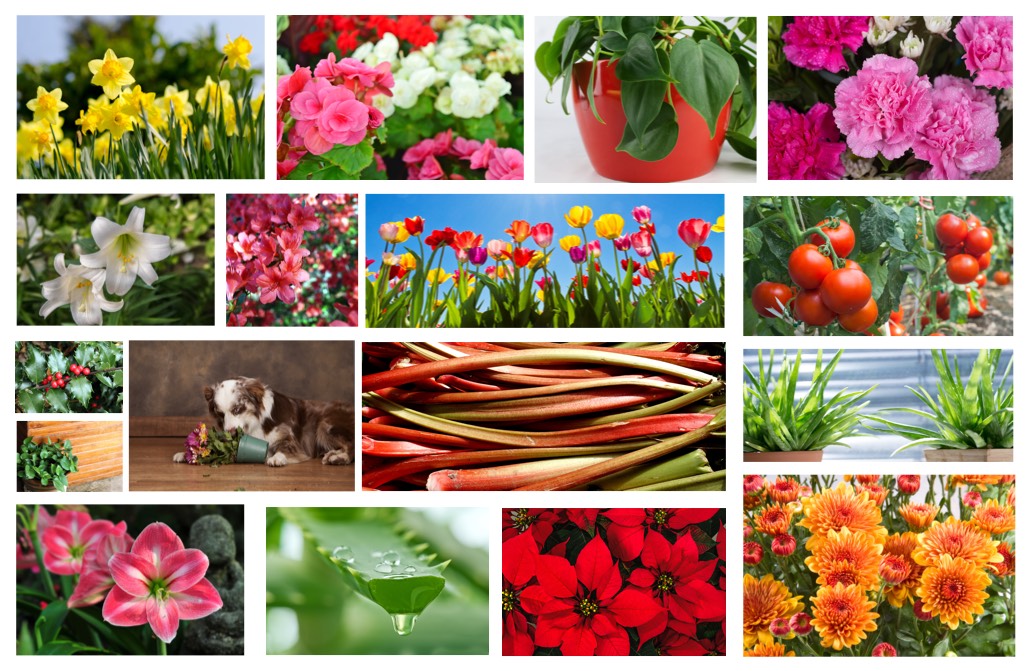There are over 700 plants that have been identified as toxic to dogs and cats! Luckily, the ASPCA has a thorough list of toxic plants to dogs, cats, and horses. They also list non-toxic plants. Here’s a list of some of the most common.
1. Philodendron
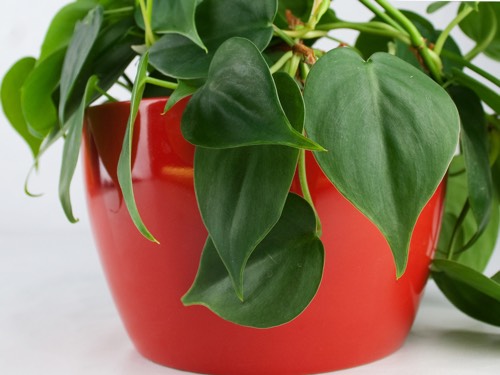
Philodendron Birkin are an extremely popular plant, but they contain calcium oxalate crystals, which are toxic to humans and animals. If your cat or dog eats Philodendron it can result in spasms, seizures, pain, and swelling. Philodendrons are more toxic to cats than to dogs. Certain types of philodendrons are more toxic than others.
2. Pothos Ivy
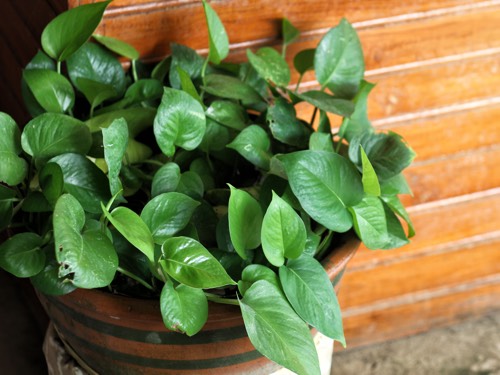
Devil’s Ivy can help remove impurities in the air, but they can irritate your pet’s digestion system resulting in drooling, choking, swelling of the throat and mouth, difficulty breathing, and stomach upset.
3. Lilies
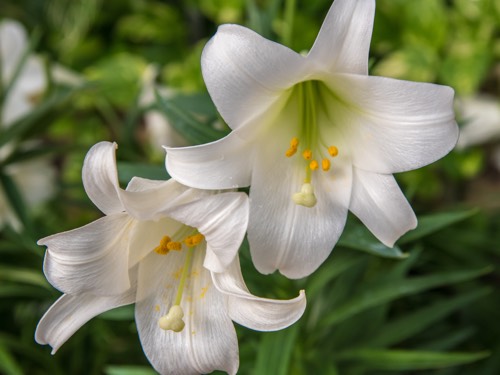
Only certain lilies are toxic, the most toxic ones include the Calla Lily, Easter Lily, Rebrum Lily, Tiger Lily, Day Lily, and Asian Lilies. Cats are more susceptible to lily poisoning than dogs are. If ingested, the lily will irritate the digestive system and kidney failure can occur. Cats will appear lethargic, vomit, and have a loss of appetite.
4. Chrysanthemum
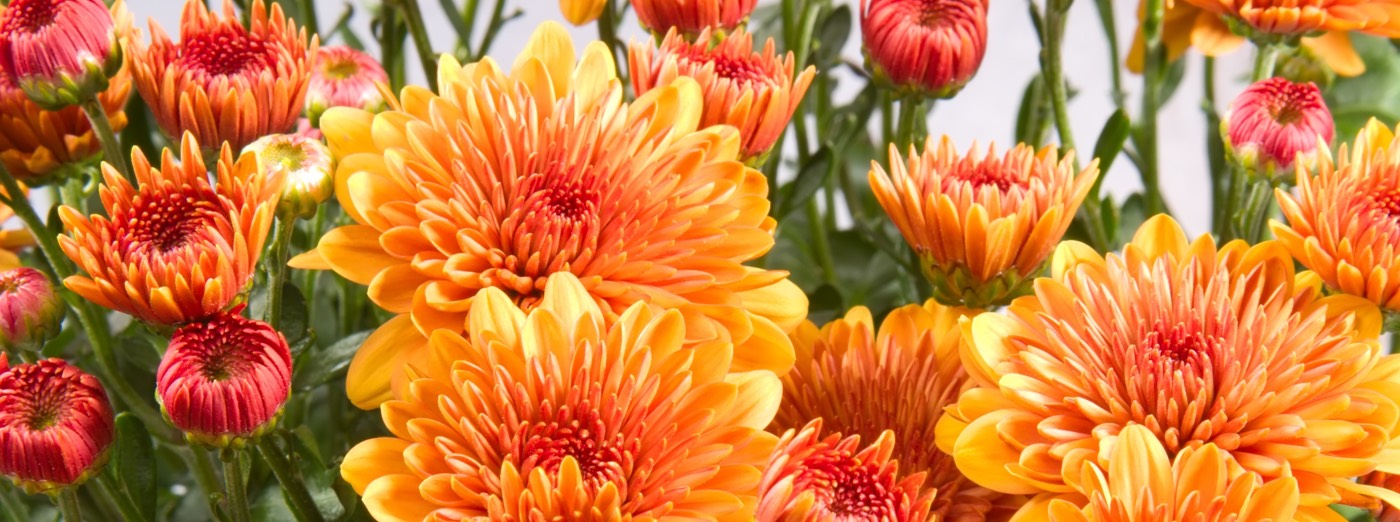
If a cat or dog ingests a Chrysanthemum, they may have diarrhea, vomiting, incoordination, and dermatitis.
5. Aloe Vera
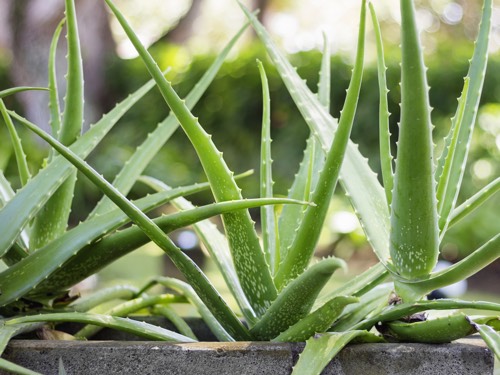
Aloe Vera is great for human skin but if ingested by dogs or cats it can result in vomiting, depression, diarrhea, anorexia, tremors, and a change in urine color.
6. Daffodils
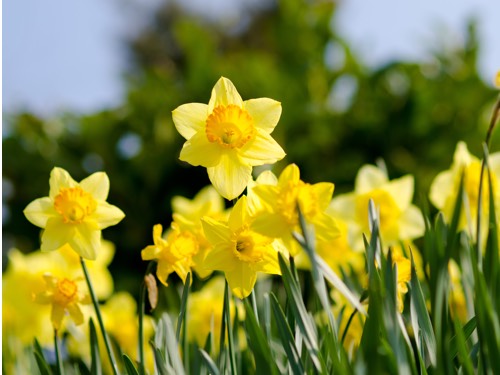
The beautiful bulbs of the daffodil are its most poisonous part. If consumed in large amounts, daffodils can cause convulsions, low blood pressure, tremors, and cardiac arrhythmias.
7. Poinsettia
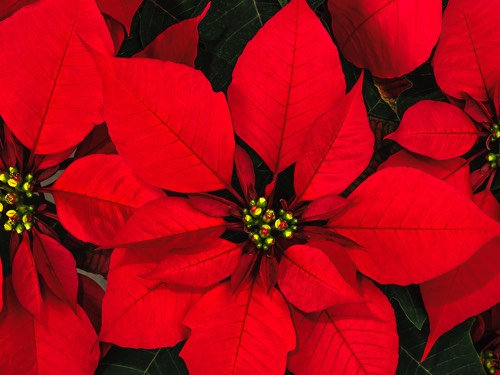
Poinsettias are not as poisonous as the urban legend says. If the sap of a Poinsettia is consumed, it can lead to some irritation of the mouth and stomach and sometimes cause vomiting.
8. Tulip
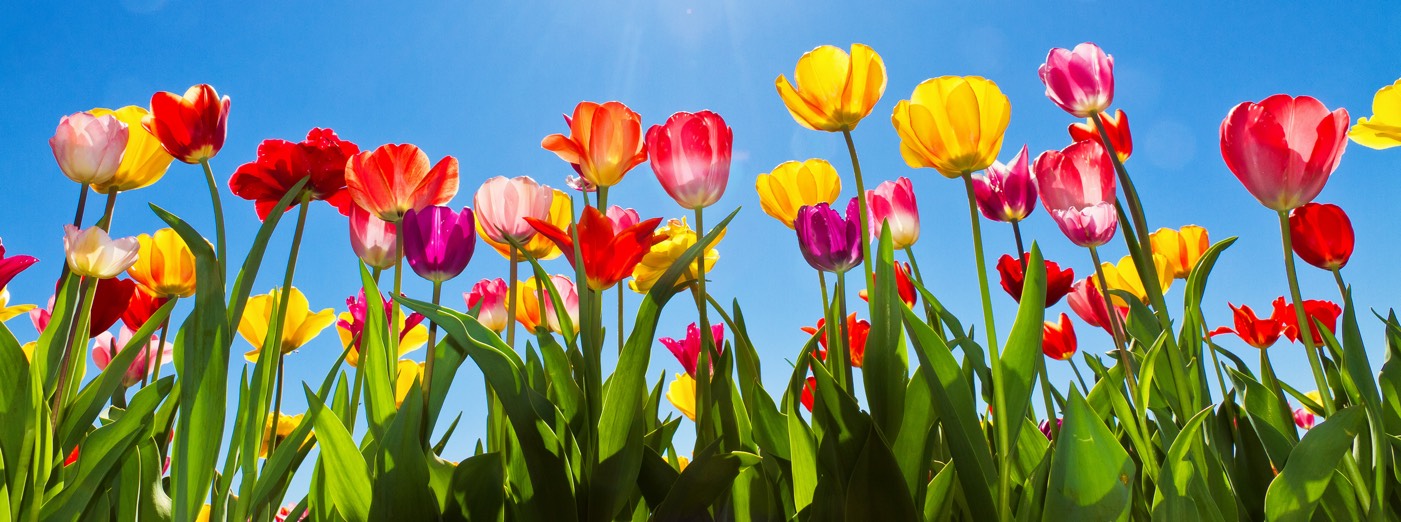
The iconic Tulip bulb is toxic and cause gastrointestinal problems as well as depression.
9. Holly
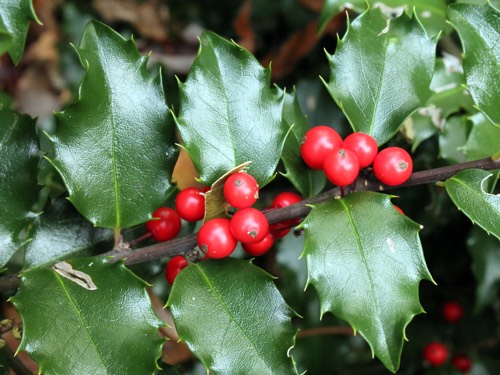
The spiky leaves of this holly-day favorite can do some damage to a cat or dog’s digestive system. Certain varieties are more toxic than others.
10. Tomato Plant
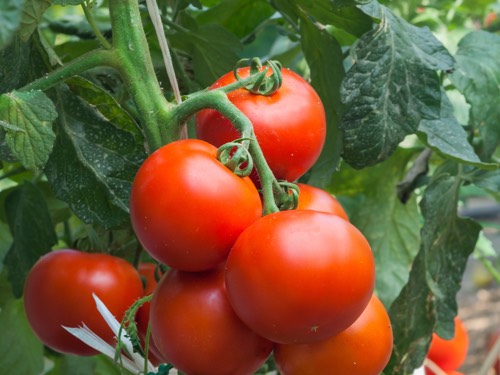
The seemingly harmless and very common Tomato Plant causes severe digestion problems for cats and dogs. If consumed, the animal will appear drowsy, confused, and weak. Tomato plants cause diarrhea and a lowered heart rate.
11. Carnation
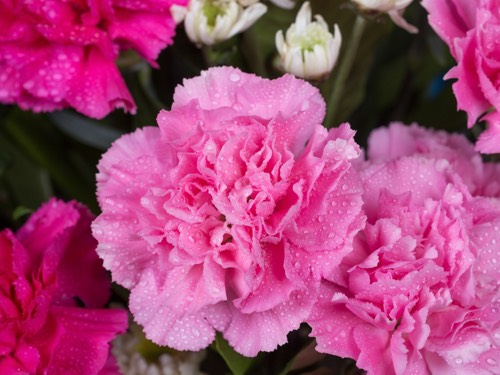
It is unknown why the common Carnation is toxic. However, if your pet eats it do not be too concerned. It only causes mild stomach upset and dermatitis.
12. Rhubarb
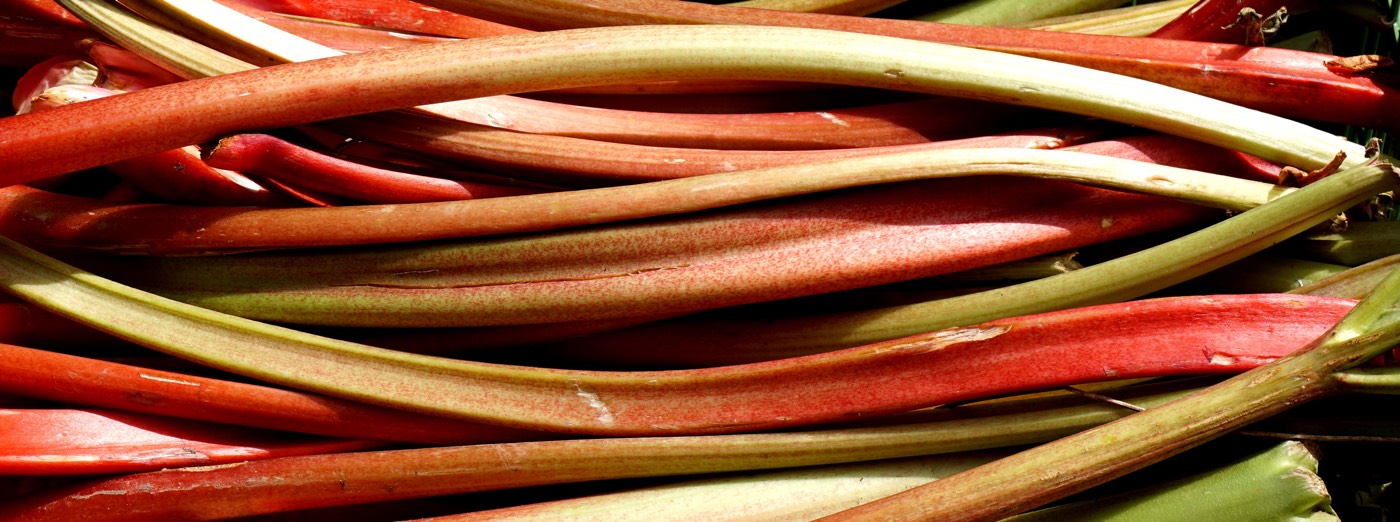
Rhubarb, though a lovely ingredient in pie, is not good for your cat or dog! It contains soluble calcium oxalates which cause kidney failure, tremors, and excess salivation.
13. Amaryllis
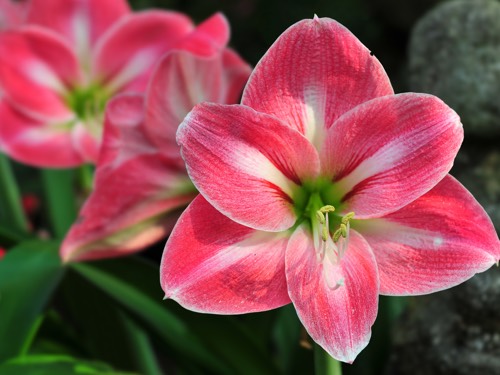
The beautiful Amaryllis has been known to cause general upset stomach, anorexia, and tremors.
14. Azalea
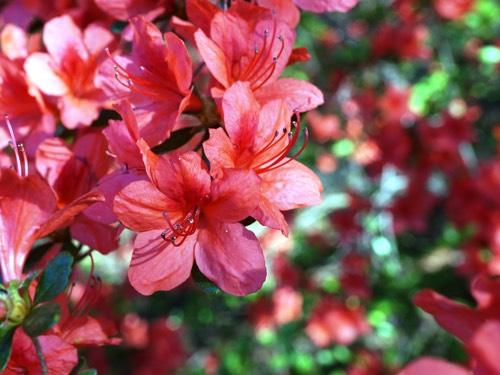
Ingestion of even a few Rhododendron leaves can cause serious problems! The toxic principle interferes with normal skeletal muscle, cardiac muscle, and nerve function. Clinical effects typically occur within a few hours after ingestion. Signs that your pet has ingested Rhododendron include vomiting, diarrhea, hypersalivation, weakness, coma, hypotension, CNS depression, cardiovascular collapse, and death.
15. Begonia
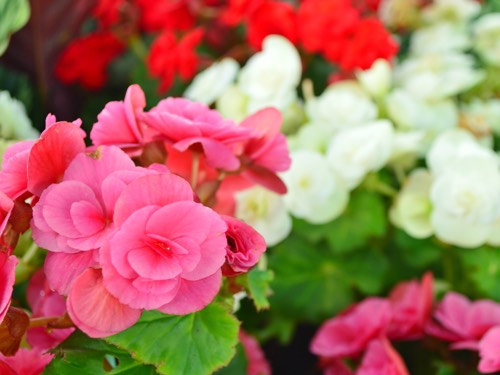
There are more than 1,000 species of Begonias! The most toxic form is the Tuberous Begonia which causes severe irritation of the digestive system.
What if my pet eats one of these plants?
1. Induce vomiting using hydrogen peroxide.
2. Remove the plant from the animal and save it in a bag if you don’t know what kind it is. It will be helpful to bring the plant to the vet later. You should also bring any vomit the animal has produced.
3. Call the pet poison helpline at 1-855-213-6680
4. Take your pet to the vet!

